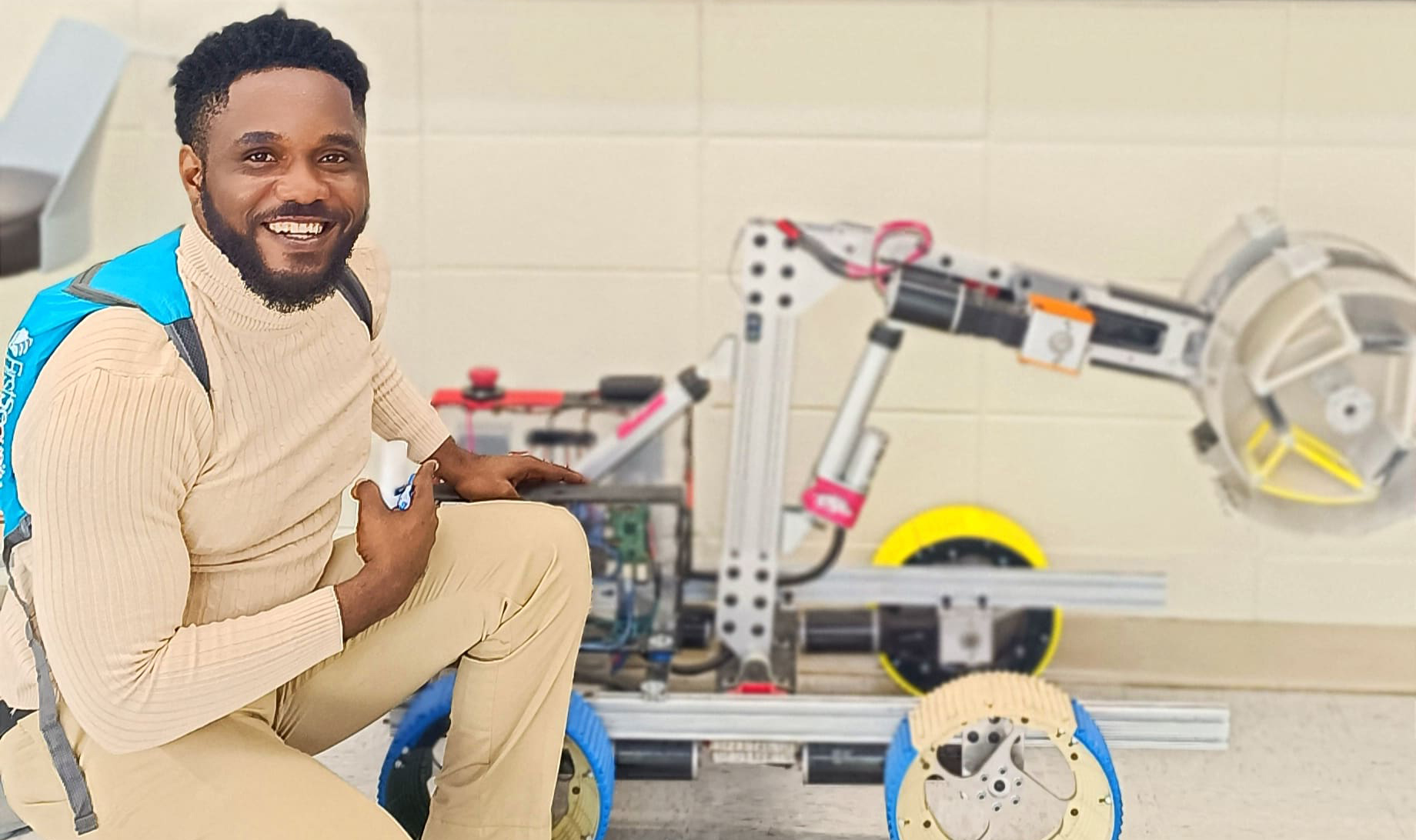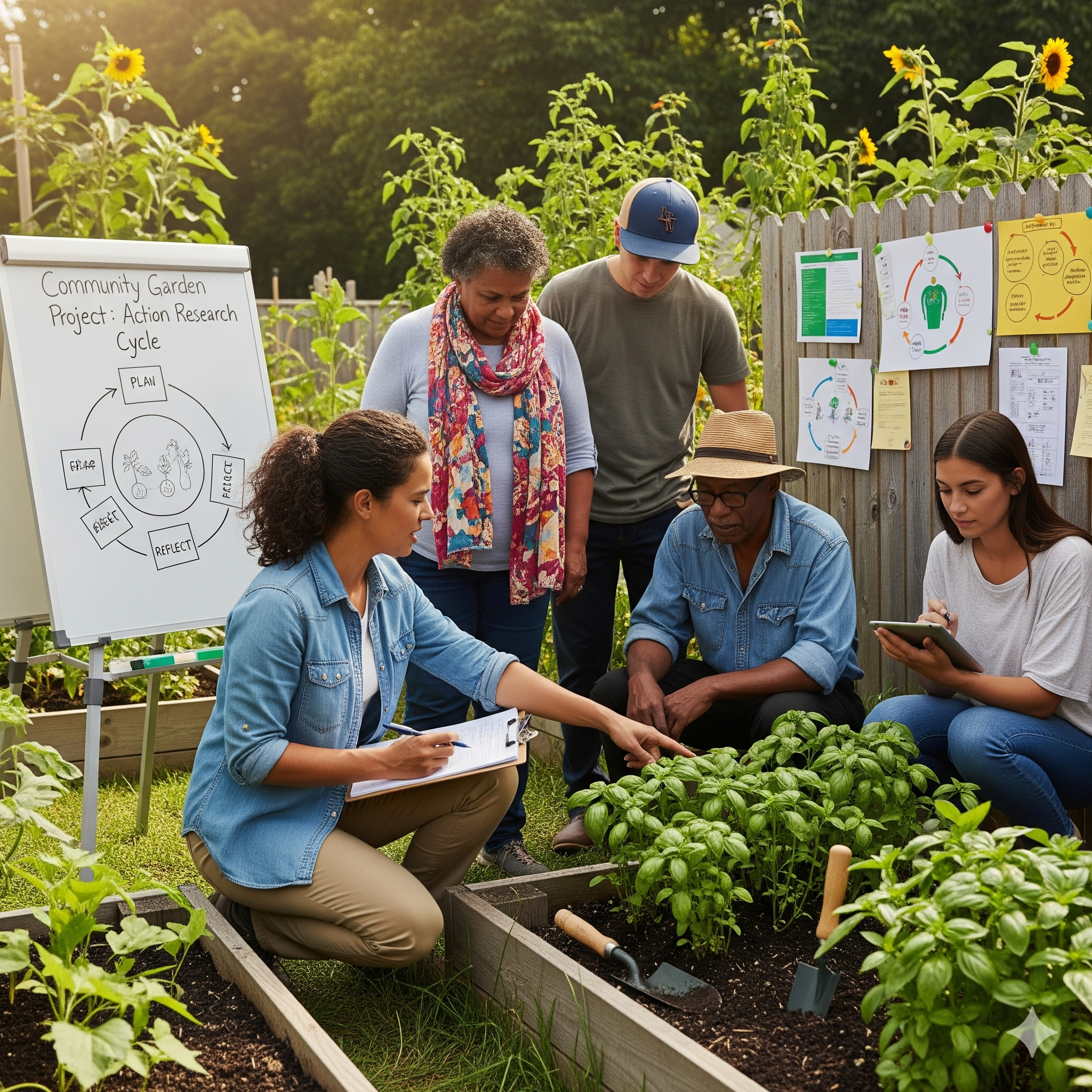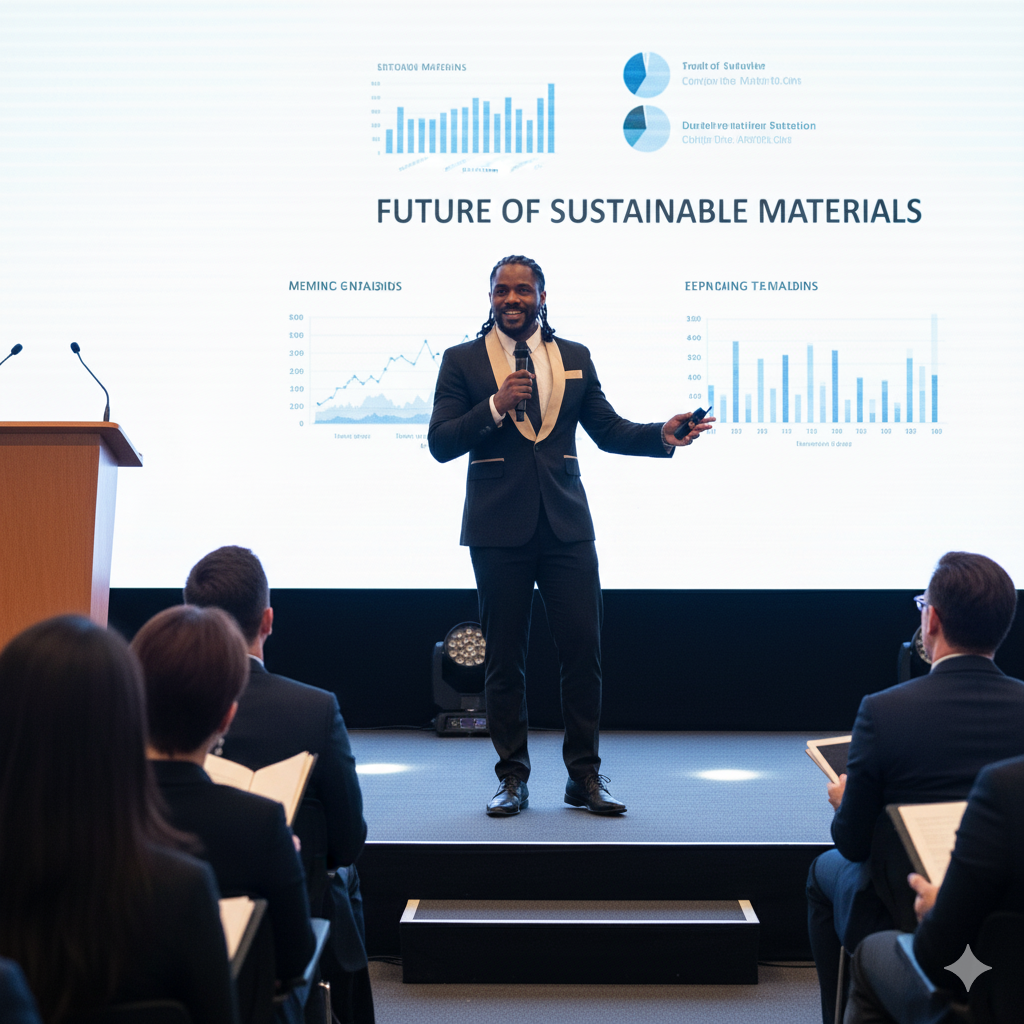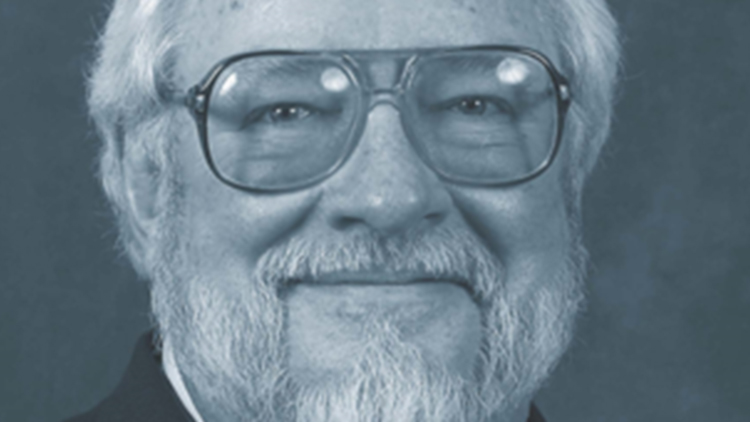When we do research, we rarely rely on just one way of thinking. Three common approaches are induction, deduction, and abduction. In practice, we often use a mix of these methods, even if we’re not aware of it. Each approach has its own strengths and weaknesses:
- Induction: We start with specific observations and try to form a general theory. For example, if we see many white beans coming from a single bag, we might guess that all beans in that bag are white. However, just observing something many times doesn’t prove a theory is always true.
- Deduction: We start with a general rule or theory, then apply it to specific cases. For example, if we know all beans in the bag are white, and these beans came from the bag, then these beans must be white. But this only works well if our initial general rule is correct.
- Abduction: We start with something we already know (a rule) and an observation, then make a best guess or a likely explanation. For example, if we know all beans in a certain bag are white, and we find some white beans nearby, we might guess those beans came from that bag. This can spark new ideas or lead to new theories, but it requires good understanding of existing knowledge and careful observation.

The Importance of Observation
All three approaches depend on careful observation. Observations are systematic, detailed looks at things we can see, measure, or otherwise detect in our everyday world. Observations help us recognize patterns or structures, and they are the foundation of much scientific work. Every major scientific advance has started with someone noticing something new and then describing it thoroughly.
When we carry out scientific research, our observations must be precise, trustworthy, and stand on their own. This ensures that we gain an accurate understanding of what we’re studying and can develop ideas or explanations that are based on solid evidence rather than guesswork.
From Exploration to Rationalization to Validation
Good research involves three key activities—exploration, rationalization, and validation—which often happen in a cycle rather than in a straight line:
- Exploration is the initial phase in the research process where you gather basic information and identify the key features of the phenomenon you want to study. At this stage, your focus is on understanding “what’s out there” without necessarily having a clear idea of how everything fits together. It often involves open-ended inquiry, broad scanning of the environment, and qualitative data collection.
- During exploration, researchers are like detectives who have just arrived at a scene without knowing the full story. They:
- Observe and Document: They look around, record what they see, and note patterns or recurring themes. For example, if you’re studying how people use a new technology in the workplace, your first step might be to simply watch how employees interact with it throughout their day and write down what you notice.
- Gather Preliminary Evidence: Exploratory work often involves seeking out multiple sources of information—interviews, informal conversations, reading past research studies, or collecting initial survey responses. This step is about broadening your understanding and seeing what’s relevant before zooming in on specifics.
- Identify Initial Patterns and Questions: Through exploration, you start to recognize patterns or interesting gaps that may lead you to form initial questions or hypotheses. You might notice that some groups of people use the technology differently, or certain features get overlooked. These observations raise questions like, “Why is this happening?” or “What factors influence this behavior?”
- Refine the Research Focus: Exploration helps you narrow down what’s worth studying in depth. You begin with a wide lens, but as you learn more, you can decide which aspects deserve detailed attention. This might mean choosing one particular angle—such as examining why one group uses a tool more efficiently than another—to investigate further.
- Lay the Foundation for Further Steps: Exploration sets the stage for rationalization and validation. It gives you the raw material—observations, patterns, and initial clues—that you’ll later use to develop explanations, form theories, or design tests to check those theories.
- Rationalization: Once we have a basic understanding of a situation (after exploring it and collecting observations), we move into the stage of rationalization. This means we try to make sense of what we’ve seen by piecing together the clues and evidence we have. Imagine you’ve noticed a pattern or identified a possible cause of a certain event: during rationalization, you try to explain why that pattern exists or how that cause works. You may use induction (building a general idea from specific examples), deduction (starting from a general principle and applying it to the case at hand), or abduction (making a best guess at a likely explanation) to shape these ideas into a meaningful story or theory. Sometimes, while doing this, you’ll discover that you don’t have enough evidence or certain pieces of the puzzle are missing. That’s a sign you might need to go back to exploring—collecting more observations or data—to fill in the gaps. In other words, rationalization is like the thinking process where you try to form a reasonable explanation, and if you find something missing, you return to exploration mode to gather more clues.
- Validation is the stage of the research process where you rigorously test the explanations or theories you’ve developed to see if they hold up against real-world evidence. By the time you’re ready for validation, you’ve usually formed a set of ideas about how or why something happens—these can be hypotheses, propositions, or a formal theory. Now, you need to check whether these ideas are sound, consistent, and able to withstand scrutiny.
- Key aspects of validation include:
- Testing Hypotheses and Propositions:
If rationalization led you to develop a hypothetical explanation—say, a rule that predicts how people will behave under certain conditions—validation involves designing ways to confirm or refute this prediction. For example, you might conduct experiments to see if changing one factor (like lighting in a workspace) really does affect worker productivity as your explanation suggested. - Collecting New Data:
Validation often requires fresh data—different from what you initially gathered for exploration. This might mean running controlled experiments, administering structured surveys to a larger, more representative sample, or using statistical analysis to verify patterns. Ideally, the data used for validation is collected under conditions that minimize bias, making the test more reliable. - Comparing Theories to Observations:
At the heart of validation is a comparison between what your theory predicts and what the actual data shows. If the results align with your theory, it gains credibility. If not, you may need to revise your theory or even develop a new explanation. - Ensuring Rigor and Reliability:
Validation also involves careful attention to methodological quality. You choose research methods designed to produce accurate, reproducible results. You might use well-established measurement tools, ensure proper randomization in experiments, or involve peer review to strengthen the credibility of your findings. - Refining and Revisiting Earlier Stages:
Validation isn’t always the end of the process. If your theory fails to stand up to testing, you may return to rationalization or even exploration to gather more data, rethink your assumptions, or consider alternative explanations. Sometimes, unexpected findings during validation can inspire entirely new lines of inquiry, pulling you back into the cycle. - Building Confidence in Your Findings:
Successful validation doesn’t “prove” a theory once and for all, but it does increase confidence in it. Strong evidence that supports your explanations will help convince others in your field, guiding further research and potentially informing practical applications. In other words, validation is how you show that your ideas aren’t just speculation—they’re well-grounded insights that have withstood careful testing.
A Non-Linear Process
These steps (exploration, rationalization, and validation) are not strictly one after another. Research can move back and forth between them:
- From exploration to rationalization: Using observations to build or refine a theory.
- From rationalization to exploration: Realizing we need more data to fully understand a phenomenon.
- From validation back to rationalization: Adjusting our explanations based on what works or doesn’t work.
- From validation back to exploration: Collecting even more observations to improve or challenge our initial theories.
In many real research projects, these activities are woven together. By mixing exploration (to discover), rationalization (to make sense), and validation (to confirm), we create a robust and flexible path to new knowledge.










Leave a Reply